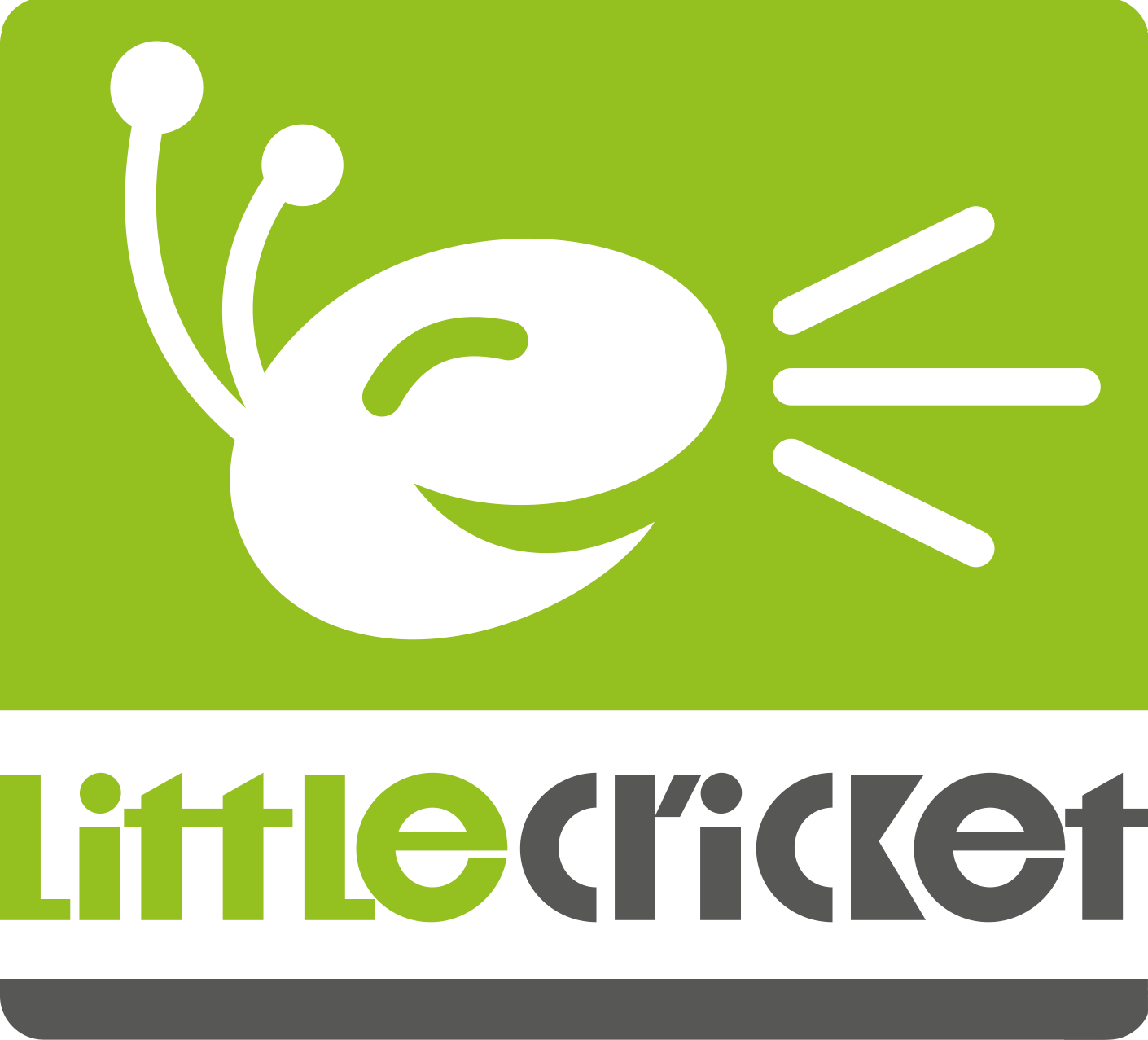I’m writing this on my way home from five days of all-expenses-paid resort luxury, care of the company my husband works for. The trip was a reward for the company’s top-performing salesmen and their spouses - an exclusive experience to thank them for the sacrifices they’ve made to achieve their success and an incentive to continue doing so. The results this group achieved are staggering, with multimillion-pound quotas being exceeded by anything from fifty to over a hundred percent, so there’s no question that they deserved some spoiling. But it struck me about halfway through the final evening’s award ceremony how much easier it is to measure the success of a sales department than that of a PR agency.
In sales, quotas are calculated based on accounts and precedents, and if you meet (or exceed) your quota, then you’ve been successful. If you don’t, then you haven’t, and you may want to start polishing your CV. It’s harsh but fair, and simple.
Until recently we had a fairly simple approach to PR measurement too - each piece of printed news was measured (literally, in centimetres) and then assigned the value that an advert of the same size, in that publication, would cost. If the coverage met (or exceeded) the cost of the campaign, then it was successful. If not, start polishing. It was never a perfect system, but it completely fell apart with the introduction of social media and online content and has now been abandoned.
And you might be surprised to hear that there isn’t a new industry-wide approach to measuring PR success. We all agree that campaigns should be designed around clear goals and that results should be analysed and reported, but there’s no single tool or approach that can be universally applied to determine whether a PR campaign has been successful or not.
Try not to judge us too harshly though, a public relations campaign’s goals can include anything from simple news coverage to securing case studies, website click-throughs, competition entries, trade show visits or social network growth. And how do you measure the value of the brand recognition and reputation benefits that PR provides without undertaking market research that is even more costly than the campaign you’re reporting on?
While there may not be a one-size-fits-all approach to measuring PR success, that doesn’t mean that it’s impossible to do. It just makes it more important to identify your goals, set realistic expectations at the outset and use the appropriate tools to measure against these objectives. And spare a thought for how much easier your sales team’s jobs will be if you’ve got a good PR agency looking after your brand reputation.
Get in touch if you'd like to talk about PR that always measures up.




